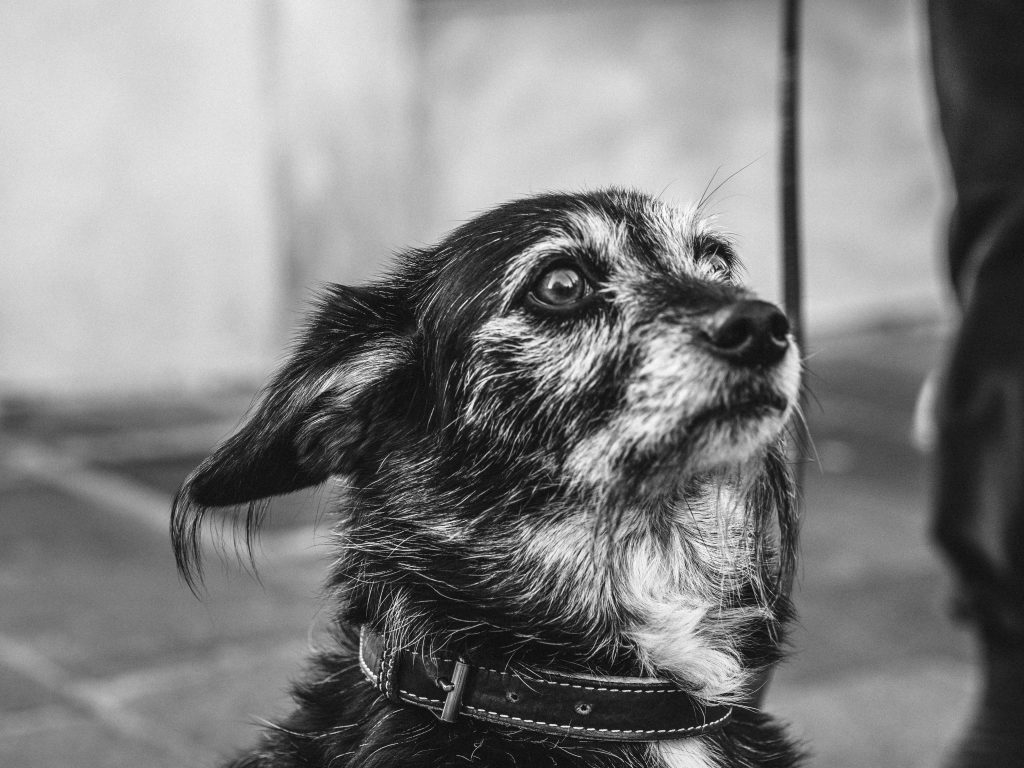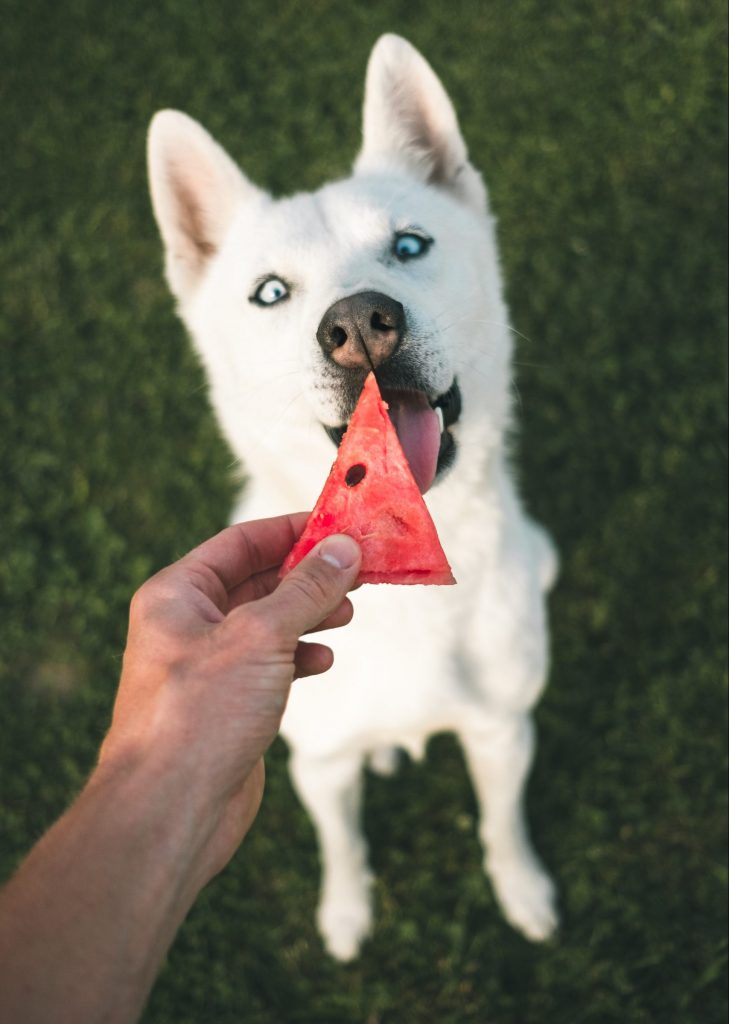The post will cover a variety of common mistakes such as using physical punishment, failing to be consistent, not understanding the dog’s individual needs, not having realistic expectations, and not being aware of the dog’s body language and signals. The post will provide tips and solutions for preventing these mistakes and achieving positive results in dog training. The ultimate goal is to empower dog parents with the knowledge and tools they need to avoid common training mistakes and train their dogs effectively.

When it comes to training your dog, it’s important to understand that mistakes can happen. However, by being aware of some common mistakes dog parents make and how to avoid them, you can improve your chances of success. Here are five common training mistakes dog parents make and how to avoid them:
1. Using physical punishment:
One of the most common mistakes dog parents make is using physical punishment as a form of discipline. This can include hitting, kicking, or using choke collars or shock collars. Physical punishment is not only inhumane, but it can also be ineffective in the long run. Instead of punishing your dog for bad behavior, it’s better to focus on reinforcing good behavior through positive reinforcement techniques such as giving treats or verbal praise when your dog does something you want them to do.
2. Failing to be consistent:
Consistency is key when training a dog. If you’re inconsistent in your commands and rewards, your dog will become confused and will find it difficult to learn. In order to achieve the best results, it’s important to use the same commands and rewards every time.
3. Not understanding the dog’s individual needs:
Every dog is different, and what works for one dog may not work for another. For example, some dogs are more food-motivated than others, and some dogs may be more responsive to verbal praise than treats. In order to achieve the best results, it’s important to understand your dog’s individual personality, energy level, and past experiences when developing a training plan. This can help ensure that the training methods used are tailored to the specific needs of the dog and are more likely to be successful.
4. Not having realistic expectations:
It’s important to set realistic expectations when training your dog. Training a dog takes time, patience, and consistency. It’s important to be patient with your dog as they learn and to remember that they’re not going to be fully trained overnight. Setting unrealistic expectations can lead to frustration for both the dog and the owner.
5. Not being aware of the dog’s body language and signals:
Dogs communicate through body language and signals, and it’s important for dog parents to understand and recognize these signals. Not being aware of the dog’s body language and signals can lead to miscommunication and confusion during training. Understanding your dog’s body language and signals can help you recognize when they are stressed, uncomfortable or happy which can help you to adjust your training methods accordingly.
By avoiding these common mistakes, dog parents can improve their chances of success in training their dogs. However, if you’re still having trouble with training your dog or if you’re not sure what techniques to use, don’t hesitate to reach out to us for help and support. We’re here to help you and your dog achieve the best results.
Conclusion:
Dog training is a challenging but rewarding process. By understanding and avoiding common mistakes, dog parents can train their dogs effectively and humanely. Remember, positive reinforcement, consistency, understanding the individual dog’s needs, having realistic expectations, and being aware of the dog’s body language and signals are key for successful dog training. If you need help, don’t hesitate to reach out to us for more help and support. We’re here to provide you with the tools and knowledge you need to train your dog effectively.

Frequently Asked Questions:
How can I tell if I am using physical punishment when training my dog?
Physical punishment can include hitting, kicking, or using choke collars or shock collars. It’s also important to consider the tone of your voice, if you are yelling or using a harsh tone it can be considered as punishment. Instead of punishing your dog for bad behavior, it’s better to focus on reinforcing good behavior through positive reinforcement techniques such as giving treats or verbal praise when your dog does something you want them to do.
How can I become more consistent in my training?
Consistency is key when training a dog. To become more consistent, you should use the same commands and rewards every time, be consistent in the way you are training, and stick to a regular training schedule. Additionally, it’s important to keep in mind that consistency is a process and it will take time to develop.
How can I understand my dog’s individual needs?
In order to understand your dog’s individual needs, it’s important to pay attention to their behavior and reactions to different training methods. You can also observe their body language, energy level, and past experiences. Additionally, you can reach out to professional trainers and behaviorists for guidance, as they can help you understand your dog’s unique needs and how to best meet them.
How can I set realistic expectations for my dog’s training?
Setting realistic expectations for your dog’s training is important in order to avoid frustration for both the dog and the owner. To set realistic expectations, it’s important to consider the dog’s age, breed, and individual personality. Additionally, it’s important to remember that training takes time, patience, and consistency, and that not all behaviors can be trained overnight. It’s important to be patient with your dog as they learn and to remember that small progress is still progress.
How can I better understand my dog’s body language and signals?
Understanding your dog’s body language and signals is an important part of effective training. To better understand your dog’s body language and signals, you can do research online, read books or watch videos on the topic. Additionally, you can attend workshops or seminars, or work with a professional trainer or behaviorist who can teach you how to recognize and interpret your dog’s body language and signals.
How can I get more help and support if I am making training mistakes?
If you are making training mistakes and need help, don’t hesitate to reach out to us for help and support. You can also reach out to professional trainers and behaviorists for guidance, as they can help you identify and correct mistakes and provide additional training resources. Additionally, you can seek advice from other dog parents in online forums or social media groups.



